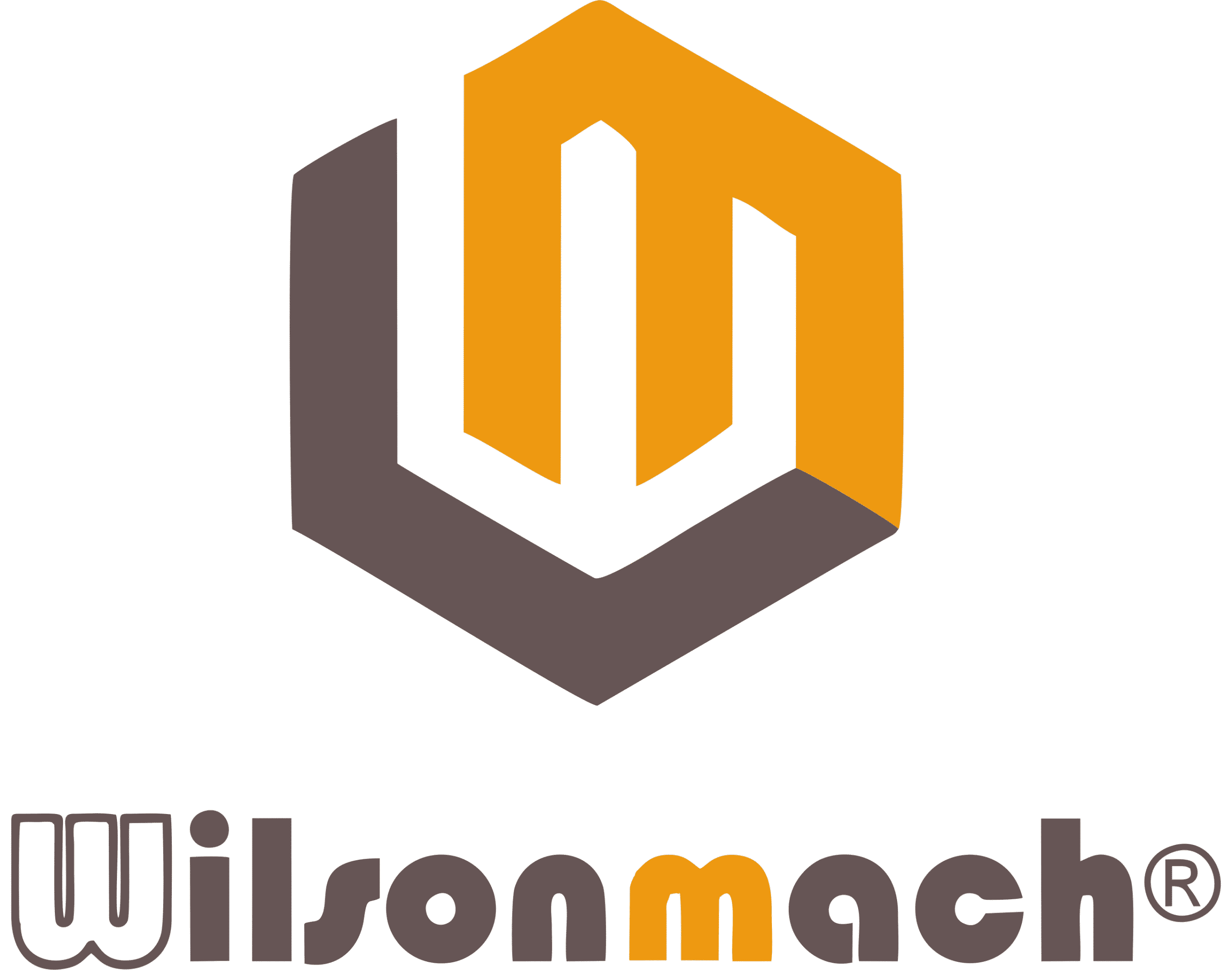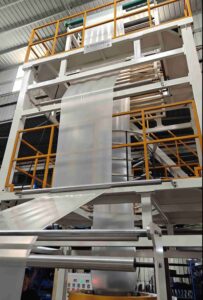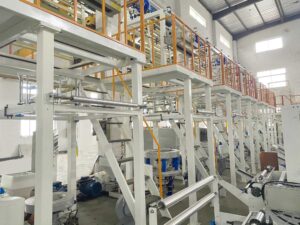Do you feel confused about choosing the right film blowing machine? The choice impacts cost, efficiency, and the environment. Let's clear up this problem.
ABA film blowing machines use two extruders. One forms the outer (A) layers, and the other forms the inner (B) layer. This design often uses recycled materials in the core, saving costs and improving sustainability. Single extruders use only one layer.
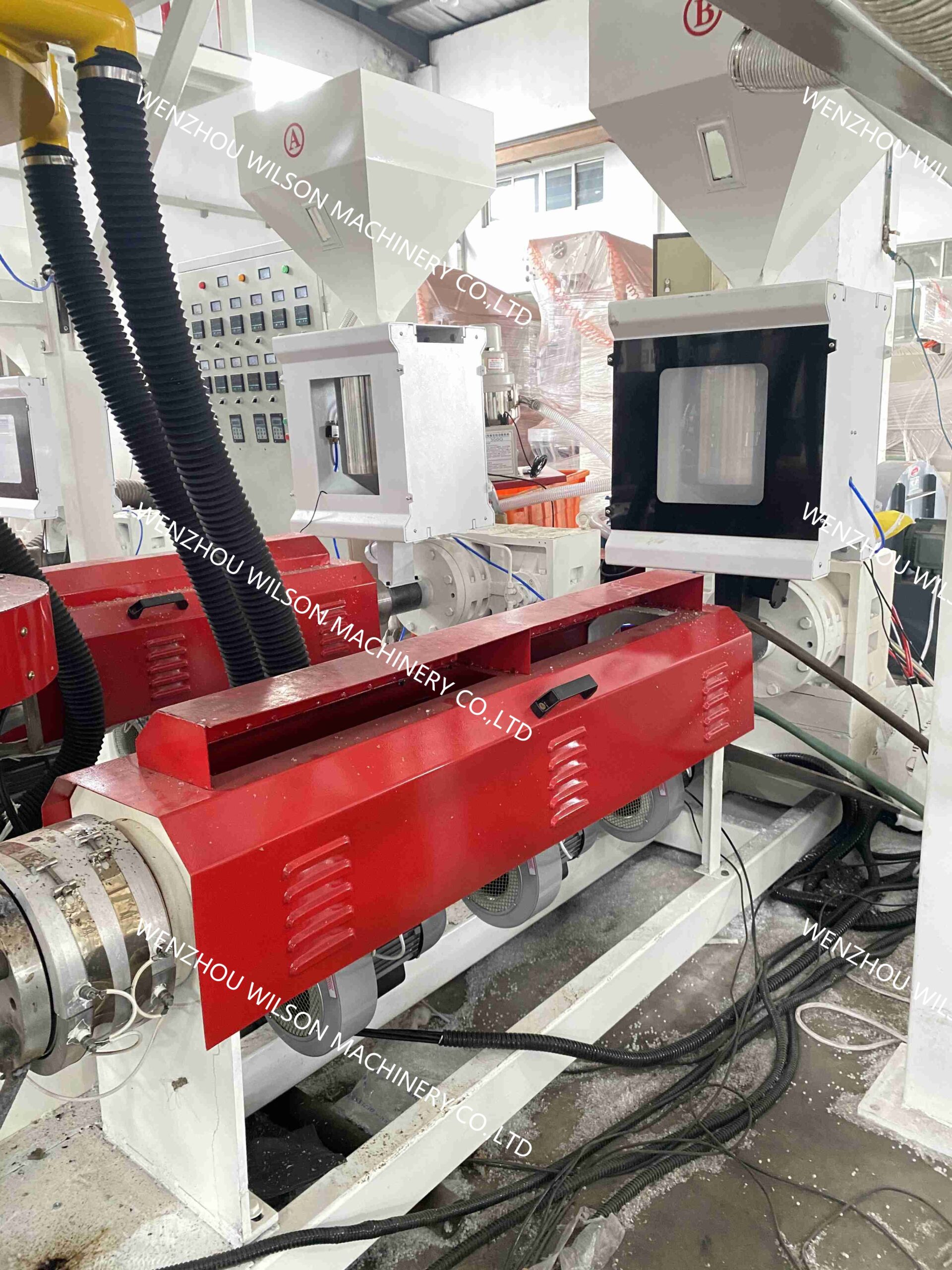
We know it's important to make smart choices. Coming up, we'll look at ABA machines, ABC machines, three-layer processes, and twin-screw extruders. These details will show why ABA machines are often better.
What is ABA Extrusion?
Feeling overwhelmed by all the different plastic film options? Wondering how some films manage to be both strong and eco-friendly? It all comes down to how it is made.
ABA extrusion is a way to make plastic film with three layers. The film has two outer layers (A) and a core layer (B). Often, the core uses recycled materials, making this method both cost-effective and better for the environment.
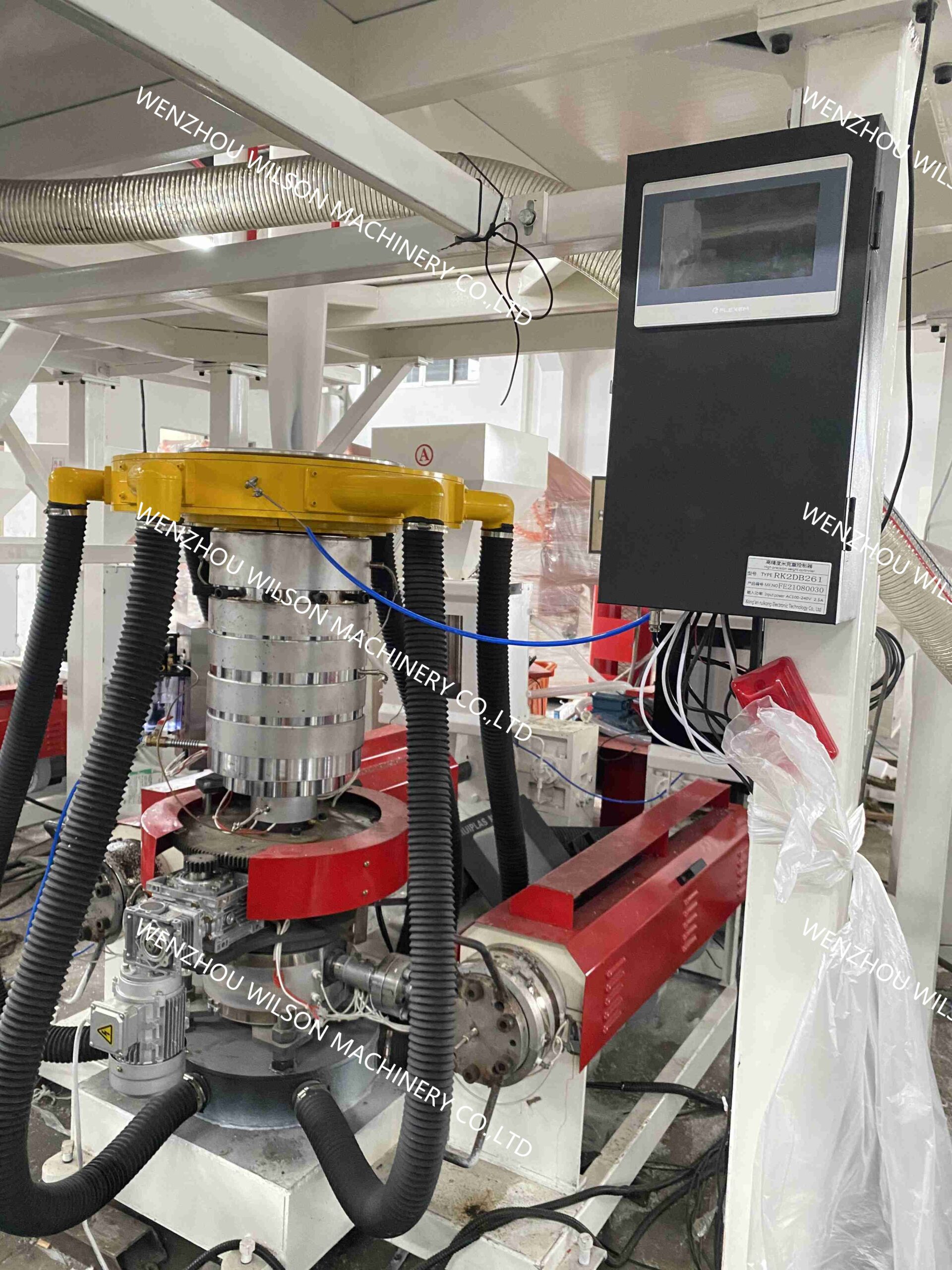
ABA extrusion is a smart process. It's like making a sandwich. The outer "A" layers are usually made of new, high-quality plastic. This gives the film a good look and feel. The inner "B" layer is different. It can be made with recycled plastic. This lowers costs. It also helps the environment. The "B" layer still provides strength. The three layers work together. I once saw a factory switch to ABA. They saved money and made their product greener. It showed me how useful this technology can be. Here's how it usually works:
| Layer | Material | Purpose |
|---|---|---|
| A | Virgin Plastic (often HDPE) | Provides strength, good finish |
| B | Recycled Plastic/CaCO3 Mix | Adds bulk, reduces cost, uses less virgin plastic |
| A | Virgin Plastic (often HDPE) | Provides strength, good finish |
The EU's rules are changing, pushing for more recycled content. This change means that the demand for ABA machines is growing quickly. It is a useful way to deal with the changing demand.
What is the Difference Between ABC and ABA?
Confused about the types of multi-layer films? Do you have questions about which, ABC or ABA, would be best for your needs?
ABC film has three different layers, each with a different material. ABA film has two identical outer layers (A) and a different core layer (B). ABC offers more flexibility in design, while ABA is often used for incorporating recycled materials.
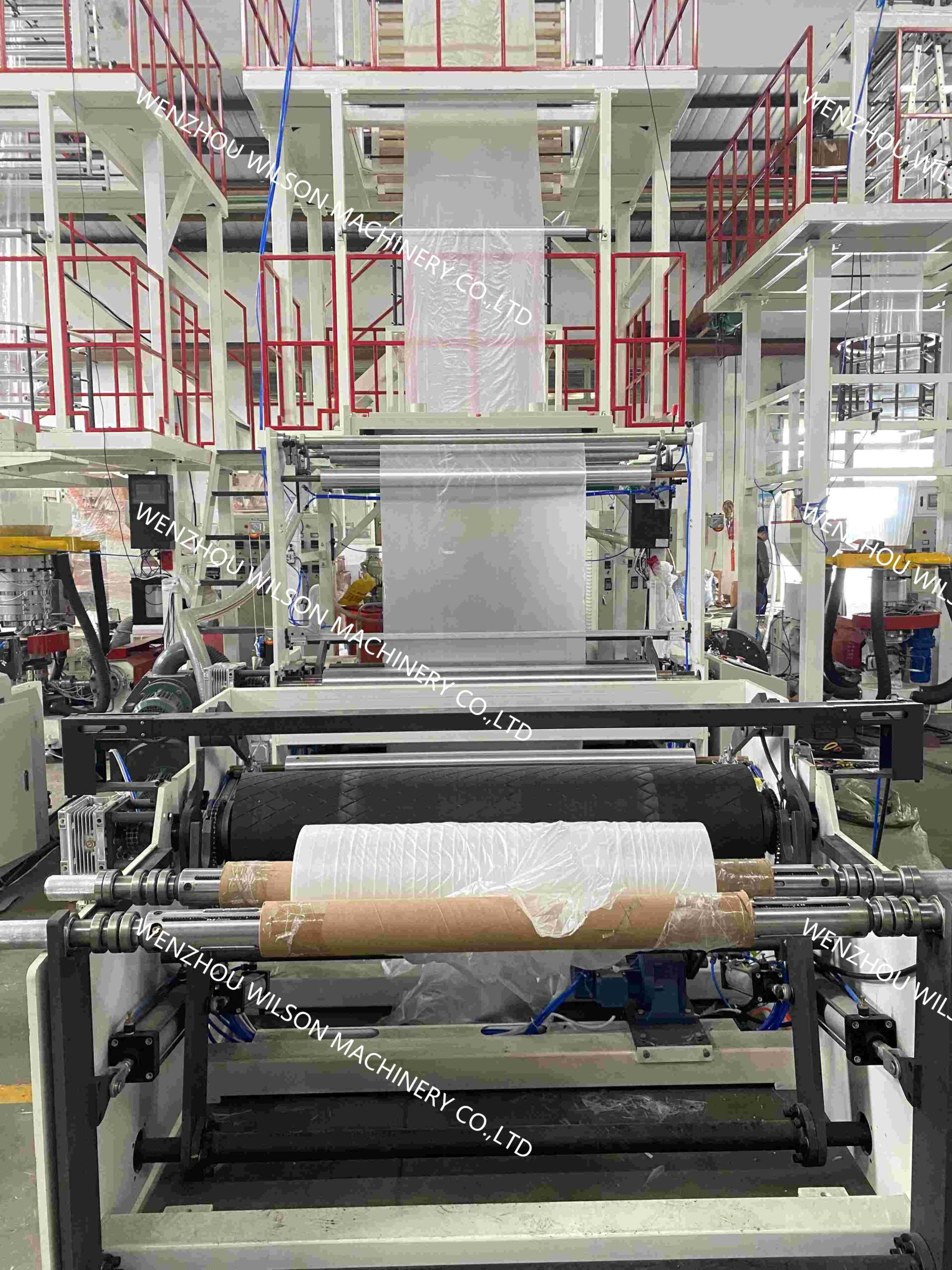
The choice between ABC and ABA depends on what you need. ABC film lets you have three totally different layers. For example, one layer could be strong, another a barrier, and the third easy to seal. ABA film is simpler, but great for using recycled materials. It's like choosing between a toolbox with lots of specialized tools (ABC) and a simpler set focused on one main task (ABA).
| Feature | ABC Film | ABA Film |
|---|---|---|
| Number of Layers | 3 distinct layers (A, B, C) | 3 layers (A, B, A), where the two outer layers (A) are the same |
| Material Flexibility | High – each layer can be a completely different material, offering maximum customization for specific properties. | Medium – outer layers are the same, typically virgin material; the core layer is often recycled material. |
| Primary Use | Applications requiring a combination of different properties (e.g., barrier, strength, sealability). | Cost reduction and sustainability by using recycled materials in the core layer. |
| Cost | Generally higher due to the complexity and use of more virgin materials. | Generally lower due to the use of recycled material in the core layer. |
| Example | Specialized packaging needing barrier properties, high strength, and good printability. | General-purpose bags, construction films where cost-effectiveness and recycled content are important. |
New machines with IoT are able to use less energy. I've seen firsthand how this technology can improve production and also keep up with growing need for greener processes.
What is the Process of 3 Layer Blown Film Extrusion?
Feeling lost in the details of plastic film production? Wondering how multiple layers come together to make the final product? It all begins with the material.
Three-layer blown film extrusion uses three extruders. Each extruder melts a different plastic. The plastics flow together in a die. Then, air cools the combined plastic, forming a bubble, which is then flattened into film.

The process seems complex, but it's simple steps done carefully. First, each extruder heats and melts its own plastic. Think of it like three different colors of paint being prepared. These melted plastics then flow into a single die. This is where they join together, but stay as separate layers. Imagine those paint colors flowing side-by-side. The now multi-layered plastic comes out of the die in a tube shape. Air is blown into the tube, making it expand like a balloon. This bubble is then cooled and flattened, creating the final film. Here are the key steps:
- Material Preparation: Each extruder is loaded with its specific plastic.
- Melting and Extrusion: The extruders heat and melt the plastics.
- Co-Extrusion Die: The molten plastics are combined in the die, forming the three-layer structure.
- Bubble Formation: Air inflates the molten plastic into a bubble.
- Cooling and Flattening: The bubble is cooled and then flattened into film.
- Take up: The film is then collected by the take up unit, forming a roll shape.
The bio-based film market is growing very fast. This 3-layer method can be a way to meet the growing needs.
What are the Advantages of Twin Screw Extruder over Single Screw Extruder?
Stuck deciding between single and twin-screw extruders? Do you feel unsure about which technology will best suit your plastic processing needs? The choice can be big.
Twin-screw extruders mix materials better than single-screw extruders. They handle a wider range of materials, including those that are hard to process. Twin-screw extruders also offer more consistent output.

Think of a single-screw extruder like a simple hand-crank mixer. It does the job, but it's not great for tough ingredients. A twin-screw extruder is more like a powerful stand mixer with two beaters. It mixes more thoroughly and can handle tougher jobs. This better mixing means a more uniform product. This can be very important for quality.
| Feature | Single Screw Extruder | Twin Screw Extruder |
|---|---|---|
| Mixing Capability | Basic, suitable for simple polymers and good for homogenous melts. | Superior, especially for compounds, blends, and materials requiring intensive mixing. |
| Material Flexibility | Limited, best for easy-to-process materials. | High, handles a wider range of materials, including heat-sensitive and difficult ones. |
| Output Consistency | Good for simple tasks. | More consistent, especially for complex formulations. |
| Shear Rate | Generally lower. | Can be higher, allowing for better dispersion of additives. |
| Residence Time | Typically longer and less uniform. | Shorter and more uniform, reducing the risk of material degradation. |
| Cost | Lower initial cost. | Higher initial cost, but potential for long-term savings with better performance. |
I saw a company struggle with inconsistent film quality using a single-screw extruder. Once they switched, they saw a big change. Their product was better, and they had less waste. It really showed the impact of the right machine.
Conclusion
ABA film blowing machines provide real benefits, especially for saving money and helping the environment. By using recycled materials, and adapting to new tech, these machines make a smart choice.
